FREE NZ DELIVERY FOR ORDERS OVER $75
What Causes Dry Hair?
Ever feel like no matter what you do, your hair still feels a bit...meh? Dry hair isn’t just about feeling rough or looking dull - it’s a deeper sign that your hair isn’t getting (or keeping) the moisture it needs.
And here’s the thing: dry hair isn’t a one-size-fits-all problem.
Fine hair, thick hair, curly hair, bleached hair - they all dry out for different reasons. That’s why understanding the real causes behind dry hair is so important if you want to treat it properly (and not just slap on any old product and hope for the best).
Let’s dive in - because when you know what’s really going on, you can give your hair exactly what it needs to feel soft, healthy, and happy again. 🌿✨

What Is "Dry Hair," Really?
We talk about “dry hair” like it’s a simple thing - but there’s actually a bit of science behind it.
Healthy hair naturally holds onto moisture thanks to a strong outer layer (called the cuticle) and a healthy balance of natural oils (lipids). These oils keep the hair flexible, shiny, and protected against the outside world.
When that protective system breaks down - through heat, chemicals, environmental stress, or even (sorry guys, not much we can do here!) genetics - the hair struggles to lock in moisture. It starts to lose hydration from the inside out, leading to that familiar rough, brittle, dull feeling.
Dry hair isn’t just about how it looks either. Without enough moisture, hair becomes weaker, making it more prone to breakage, frizz, split ends, and tangling.
In short? If your hair’s dry, it’s a sign your moisture barrier isn’t doing its job – and it’s calling out for a bit of extra support.
Common Causes of Dry Hair (The Big Offenders)
If your hair’s feeling dry, there’s usually more than one culprit at play. Here are some of the biggest (and most common) causes.
Culprit #1: Environmental Exposure ☀️
New Zealand’s UV levels are among the highest in the world - and while we’re all pretty good about protecting our skin, we often forget that hair needs shielding too.
Over time, UV rays weaken the hair’s protein bonds and strip away natural oils, leaving it rough, brittle and more prone to colour fading.
Saltwater draws moisture out of the hair shaft, making strands stiff and prone to snapping, while chlorine bonds to the hair’s natural keratin, weakening it from the inside.
Holy Grail Tip:
If you’re often outside, using UV-protectant hair products or even wearing a hat can make a massive difference in long-term hair health. There are some awesome, hair-friendly styling products that can give you those beachy waves you're after - without the damage or dryness!

Culprit #2: Heat & Mechanical Damage 🔥
Heat styling tools work by changing the internal bonds in your hair - that’s what lets you create curls or straighten it out. But with every pass of a hot iron or blast from a blow-dryer, a little more moisture gets zapped from your strands.
Mechanical damage isn’t talked about enough either. Brushing wet hair roughly, using elastic ties that pull or snag, or rubbing hair vigorously with a towel can all cause micro-tears in the cuticle.
Once the cuticle is damaged, it’s much harder for your hair to seal in moisture properly. You should always use a wide-tooth comb on wet hair, invest in a heat protectant spray (and use it, even when air-drying!), and stick to low-medium heat where you can.
Culprit #3: Overwashing & Using Harsh Products
Clean hair feels amazing - but overwashing, hard water, and cheap product formulations can all strip away your hair’s natural moisture barrier.
Hard water (water with high mineral content) is a sneaky culprit.
It leaves behind invisible residue on your hair, making it harder for moisture to penetrate - and much easier for strands to dry out, tangle, and lose their shine.
On top of that, using supermarket-grade products packed with heavy fillers, harsh detergents, or low-quality silicones can give a temporary feeling of "clean" or "smooth," but actually damage your hair over time.
Instead of nourishing and strengthening your strands, they often leave build-up that weighs hair down, causes dryness, and makes your hair harder to manage.
It’s not about demonising ingredients like sulphates either - they can be totally fine for many hair types! It’s about choosing higher-quality, professional products that treat your hair with the right balance of cleansing, hydration, and protection.

Culprit #4: Chemical Treatments
Blondes, balayage babes, pastel pinks - we love them all. But achieving those looks requires opening up the hair cuticle and removing pigment, which also weakens the strand’s natural protective layers.
Once hair has been chemically processed, it becomes more porous, losing hydration faster and becoming more vulnerable to environmental damage, heat, and mechanical stress.
If you colour or bleach your hair, regular strengthening treatments (like bond builders) aren’t optional - they’re your hair’s best insurance policy!
Different Hair Types = Different Dryness Problems
Dry hair doesn’t show up the same way for everyone.
Depending on your hair’s texture, thickness, porosity and natural oil levels, the cause - and the solution - for dry hair can look pretty different.
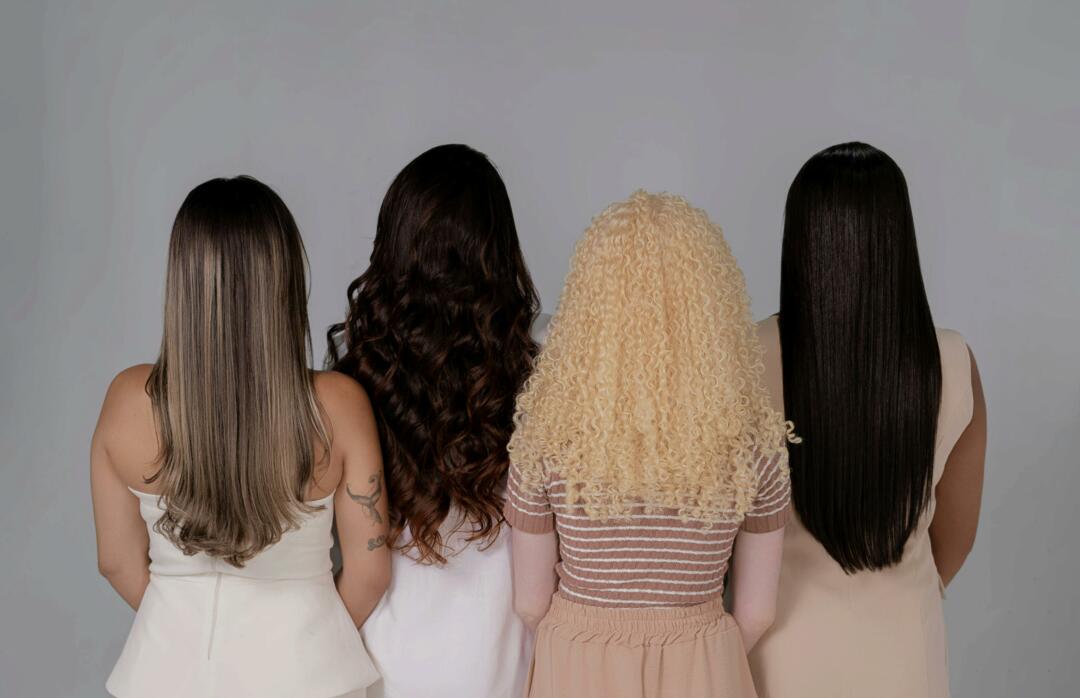
Fine Hair: Dry and Fragile
Fine hair might look silky, but it can be surprisingly prone to dryness.
Because each strand is smaller in diameter, fine hair has a smaller oil reservoir (yep, that’s a thing!). It also gets damaged more easily by heat, chemical treatments, and even brushing.
On top of that, if you overload fine hair with heavy moisture treatments, you can end up with limp, flat roots - making it tricky to find the right balance.
Common causes of dryness in fine hair:
- Frequent washing or heavy styling products stripping natural oils
- Heat styling (especially blow-drying and straightening)
- Using products that are too rich or heavy
Fine Hair Tip:
Reach for lightweight, hydrating products that add moisture without weighing your hair down. Leave-in sprays, fine-mist treatments, and gentle sulphate-free shampoos can be game-changers.
Thick or Coarse Hair: Dryness from the Inside Out
Thick or coarse hair tends to have a rougher, more raised cuticle layer.
While this makes it naturally strong, it also means moisture evaporates more easily - and oils from your scalp struggle to travel all the way down each strand.
The result? Ends that feel dry, even if your roots seem fine.
Common causes of dryness in thick/coarse hair:
- Lack of deep hydration treatments
- Environmental exposure (wind, sun, humidity)
- Infrequent trims leading to dry, brittle ends
Thick/Coarse Hair Tip:
Use richer, more nourishing products like creamy masks, oils, and butters. Focus treatments on mid-lengths to ends and don’t be afraid of heavier ingredients like shea butter or (and this is a personal favourite of ours) argan oil.
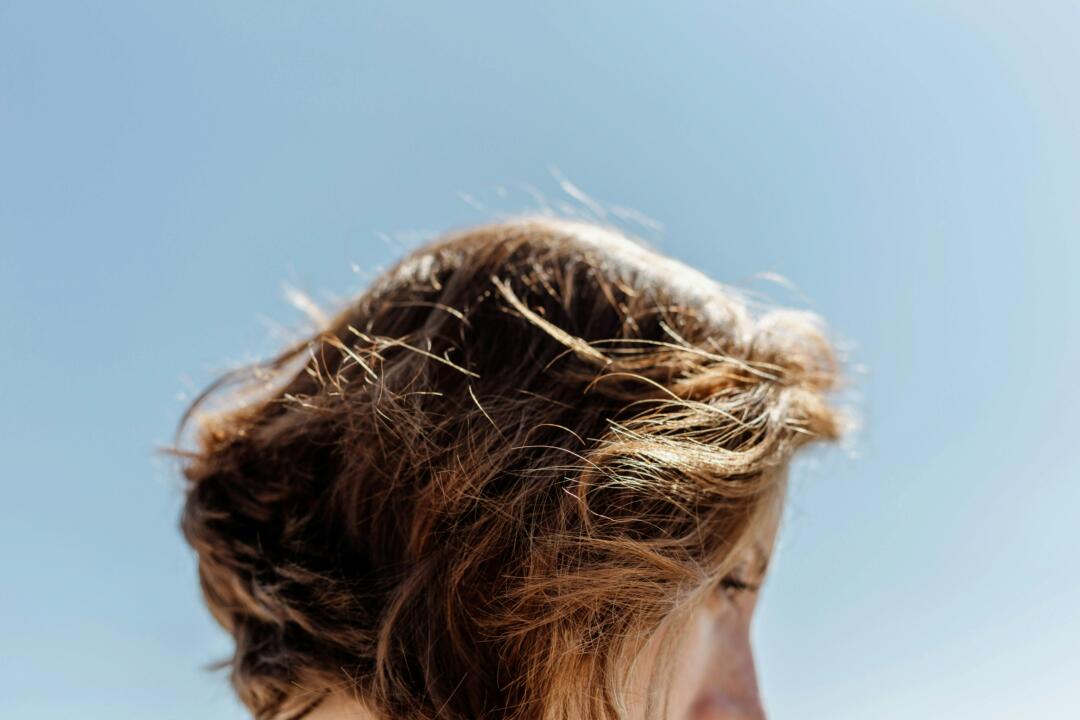
Curly Hair: Always Thirsty
Curls are stunning - but they’re naturally drier than straight hair by design.
The twists and bends in the hair shaft make it harder for scalp oils to travel down, leaving curls prone to dryness, frizz, and breakage, especially if not properly moisturised.
Common causes of dryness in curly hair:
- Skipping regular hydration routines
- Over-cleansing with harsh shampoos
- Heat styling without proper protection
Curly Hair Tip:
Layer that moisture in! Hydrating shampoos, rich conditioners, and leave-in creams or oils are your best mates. Techniques like “squish to condish” or LOC (liquid-oil-cream) can help lock hydration in.
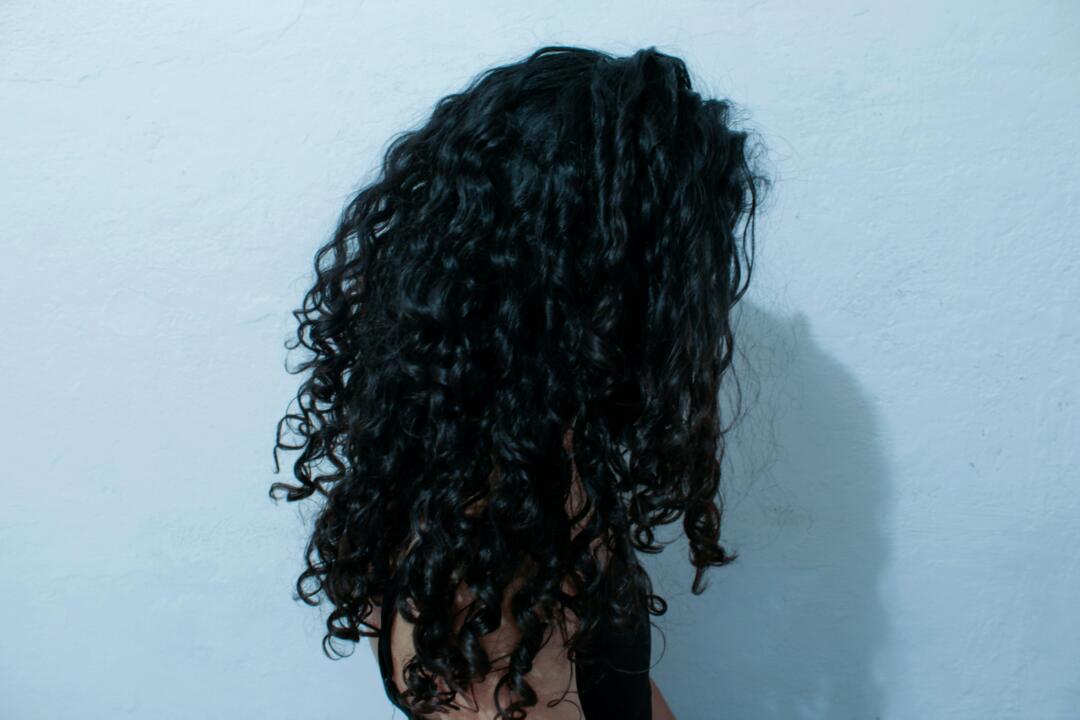
Coloured, Bleached or Chemically Treated Hair: Fragile & Thirsty
Chemically altered hair - whether you’re rocking platinum blonde, vibrant copper, or a chemical straightening - is basically (and unfortunately) high-maintenance by default.
Bleaching opens the hair’s cuticle and strips its protective layers, while colouring or relaxing can weaken the inner protein bonds.
That doesn't mean you shouldn't be colouring your hair! But, if you do, it's important to help your hair recover - and then thrive.
Common causes of dryness in coloured/bleached hair:
- Cuticle damage from chemical processes
- Increased porosity leading to faster moisture loss
- Fading colour from overwashing or harsh cleansers
Coloured Hair Tip:
Gentle, bond-repairing, and colour-safe products are non-negotiable. Treat your hair like delicate fabric: cool water, minimal heat, and plenty of targeted treatments. You invested in how your hair looks, but proper care will ensure it stays looking good and is genuinely healthy!
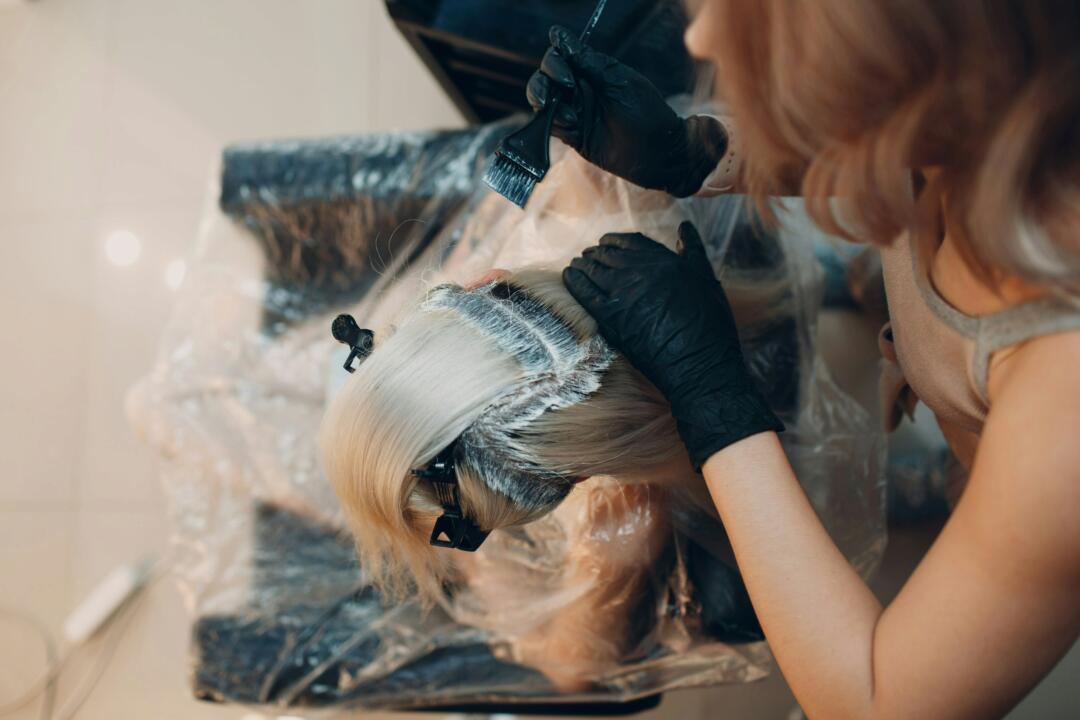
Less Obvious Causes of Dry Hair (You Might Be Overlooking These!)
You’re using good products, you’re being gentle, you’re limiting heat styling… and yet your hair still feels dry? You're not alone!
Sometimes, the causes of dryness aren’t what’s happening on your hair - they’re coming from your environment, your body, or even your water.
Here are a few hidden culprits you might not have thought about:
💧 Hard Water
We mentioned this earlier, but let's take a closer look at what "hard water" is.
If you live in an area with hard water (full of minerals like calcium and magnesium), your hair is facing an uphill battle every time you shower.
Hard water leaves behind mineral deposits that coat the hair shaft, making it harder for moisture to penetrate - and harder for your hydrating products to do their job properly.
Signs of hard water damage:
- Hair feels dry, dull or “coated” even after conditioning
- Colour fades quickly or looks patchy
- Difficulty getting that soft, clean feeling after washing
A clarifying shampoo (used sparingly!) can help remove mineral build-up. If you’re serious about it, a shower filter could be a game-changer for both your hair and your skin.
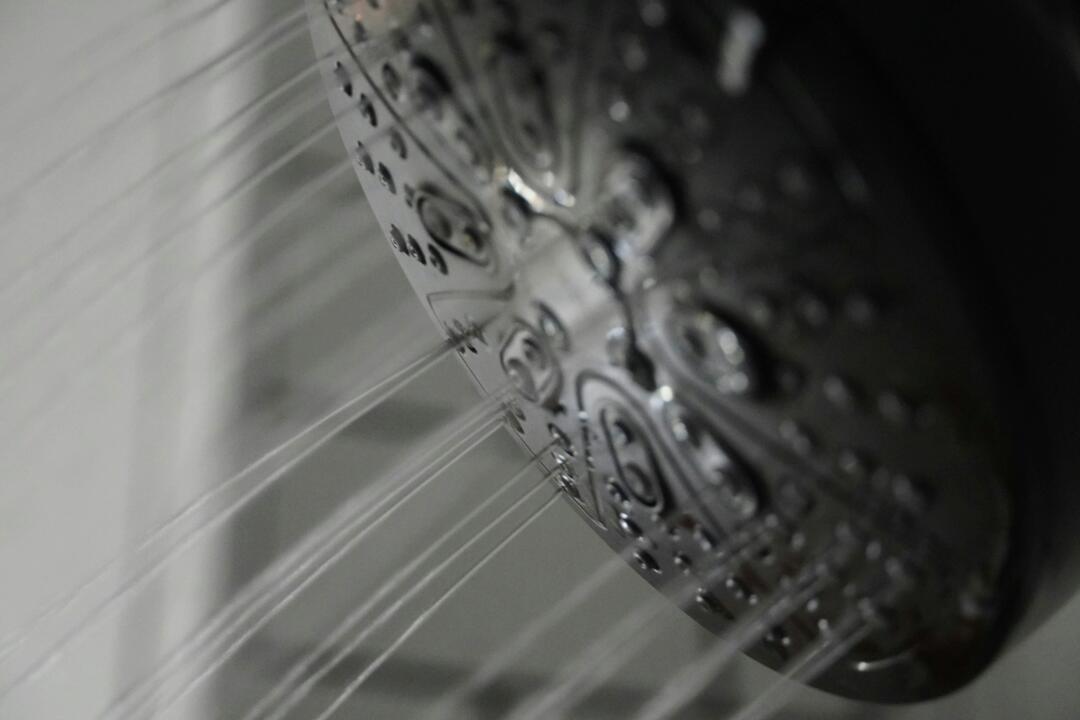
🔄 Hormonal Changes
This is a tough one, but... Hormones play a huge role in the health of your scalp and hair.
Pregnancy, postpartum shifts, menopause, thyroid imbalances - all of these can impact the amount of natural oil your scalp produces. Less oil = less natural moisture = drier, more fragile strands.
If you suspect hormones might be behind your hair changes, it’s worth chatting to your doctor. In the meantime, focusing on gentle, hydrating care can help support your hair through the transition.
Targeted treatments and products made specifically for your hair type can do wonders for the condition of your hair - and a little goes a long way!
💊 Medications
Certain medications, including some acne treatments, antidepressants, and hormone therapies, can also cause changes in your hair’s texture and moisture levels as a side effect.
If you’ve started a new medication and noticed your hair feels unusually dry, mention it at your next doctor’s appointment. Support your strands with lots of hydration and minimal heat styling in the meantime!
🍴 Lifestyle Factors: Diet, Stress & Hydration
Much like medication, your eating and lifestyle habits can have a big impact on the condition of your hair.
A diet low in healthy fats, vitamins and minerals can impact hair strength and hydration. Chronic stress can mess with your body’s oil production. And being dehydrated (hello, busy days and forgotten water bottles) leaves hair less resilient and more prone to drying out.
Feed your hair from the inside out:
- Drink plenty of water
- Eat a balanced diet rich in omega-3s, protein, and vitamins A, C, and E
- Manage stress where you can (even 10 minutes of mindfulness a day can help!)

Dry hair isn’t a one-product, one-fix situation.
It’s about understanding why your hair feels dry in the first place - so you can tackle the real problem, not just the symptoms.
Maybe your hair’s fighting against hard water. Maybe it’s sun exposure, a damaged cuticle, hormonal shifts, or just the wrong type of hydration for your hair type.
Whatever the reason, the more you know about your hair’s unique needs, the better you can care for it - and the faster you’ll see real, lasting improvements.
✨ A tailored routine = softer, shinier, stronger hair that actually behaves itself (well, most of the time). Healthy, hydrated hair isn't out of reach - it's just about finding your holy grail. 💛





